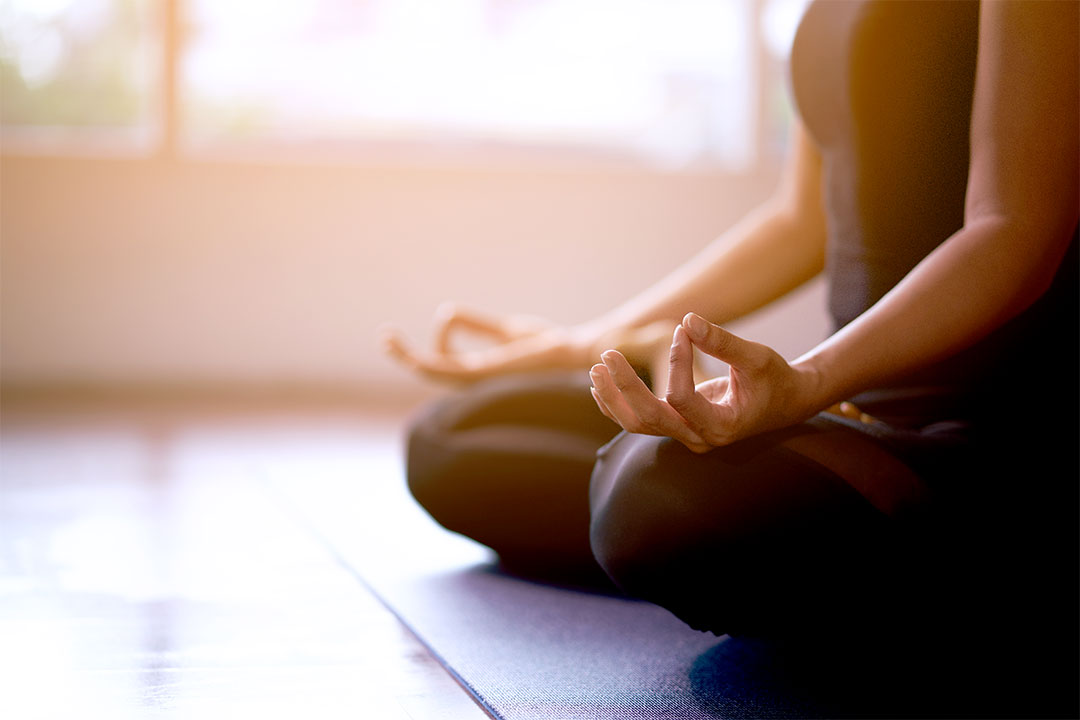Meditation Resources to Reduce Stress
Meditation practice is growing in popularity in American culture. Studies show that meditation reduces stress, fosters clear thinking and increases our capacity for empathy and compassion. Starting a meditation practice can feel uncomfortable and even overwhelming for beginners. This is exactly the opposite of the intended outcome! A good way to begin is to practice Mindfulness.
What is Mindfulness?
Mindfulness is really about a quality of awareness of the present moment. It is allowing ourselves to be exactly where we are and as we are and for the world to be exactly as it is in each given moment.
“Mindfulness means paying attention in a particular way, on purpose, in the present moment and non-judgmentally” –Jon Kabat-Zinn
There are many different ways to practice mindfulness and most of them do not require finding extra time in our day. Practicing mindfulness can happen while we are eating, going for a walk, bathing young children or doing household chores. In fact, practicing mindfulness regularly as we move through our day allows us to experience each moment in our lives more fully.
Paying attention to the breath as a mindful practice is a way of stopping “doing” and simply “being.” This way of being with the breath as it flows in and out enables a deeper and richer connection with life itself, moment by moment.
Below is a simple mindful breathing practice retrieved from mindful.org:
- Take time (anywhere from a few breaths to 5 minutes or longer) to do this exercise.
- Sit or lie down comfortably in a place where you are not likely to be disturbed. After you get some experience with this practice, you will be able to do it anywhere.
- Relax, close your eyes, soften your belly, and allow your breath to flow naturally in and out. Bring a gentle and allowing attention to the sensations of the breath as it flows. Concentrate your attention on the breath sensations. Allow yourself to feel the in breath, a pause, the out breath, and another pause. Keep as continuous and fine attention on the breath as you can. Whenever you become distracted, by thoughts, sounds, other sensations, or anything else, notice that, allow it, and gently return attention to your breath.
- As your concentration strengthens, and awareness of your breath sensations grows clearer, try expanding your focus and breathe with any thoughts, other sensations, sounds, indeed, anything else that happens. In this way, you are including any “distraction” (not fighting it). You simply breathe with it, allowing it to unfold within the experience of your breath sensations—as you pay kind, non-judging attention. Practice this way as long as you like, whenever you like. End your practice by opening the eyes and gently moving the body.
Great Resources in Mindfulness:
- Mindful, living with awareness and compassion: www.mindful.org
Mindfulness and meditation videos:
- Mindfulness Oranges
- “Who are you?” by Jon Kabat-Zinn
- “Heartfulness” by Jon Kabat-Zinn
- “What meditation really is?” by Jon Kabat-Zinn
- “Just Breathe” by Julie Bayer Salzman & Josh Salzman
- Mary Oliver’s Poem
Book Recommendations:
- Full Catastrophe Living – Jon Kabat-Zinn (new edition out 2013)
- Wherever You Go There You Are – (2005), Kabat-Zinn, (My personal favorite, very practical)
- The Chemistry of Calm– (2010), Henry Emmons (from Penny George Institute)
- Buddha’s Brain – (2009), Hanson& Mendius (neuroscience and meditation)
- Real Happiness at Work– (2013), Sharon Salzberg
